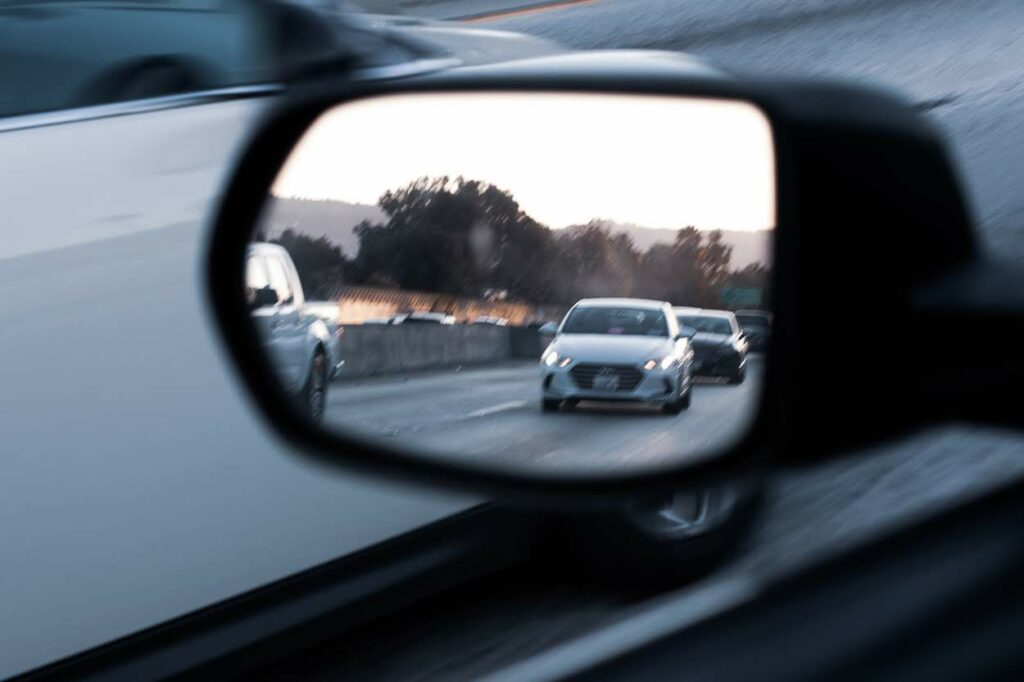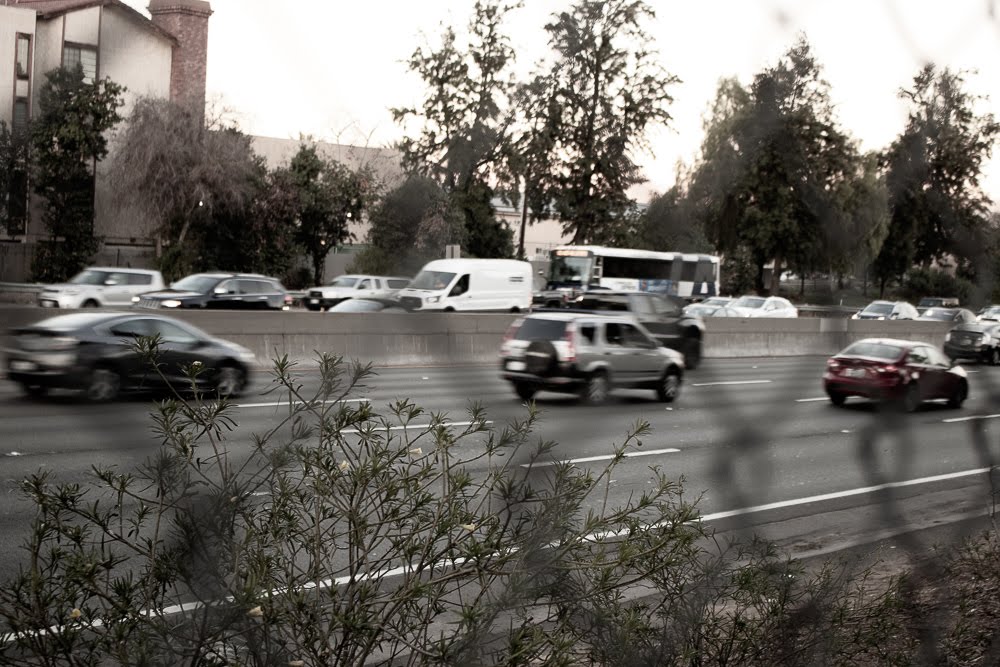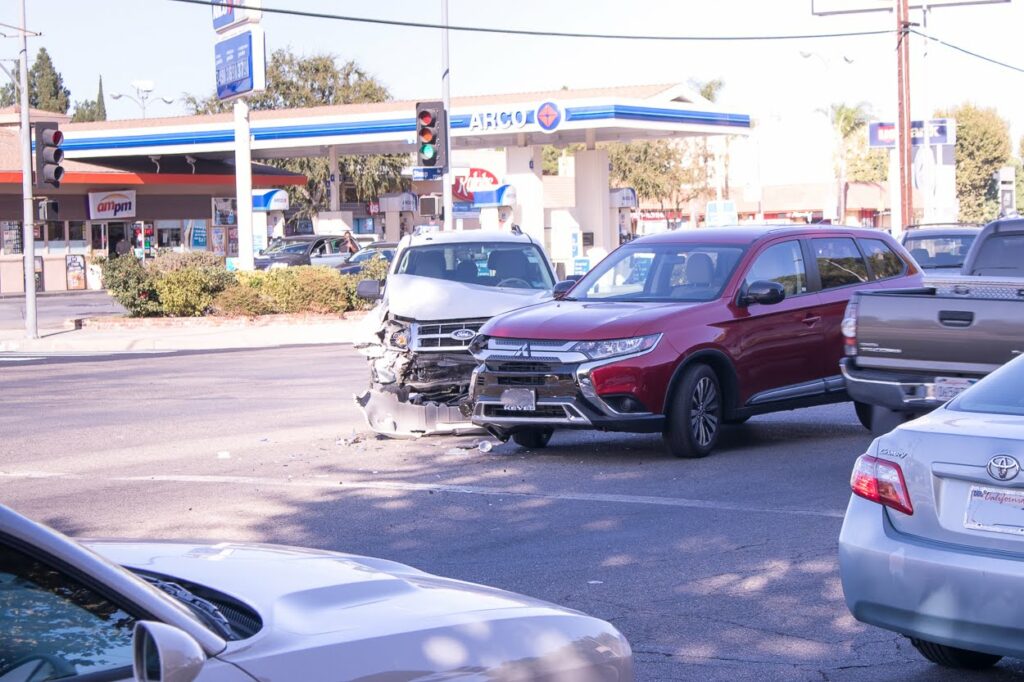Dayton has a rich history of bicycle appreciation. For example, George P. Huffman, a Dayton business owner, began making Huffy bicycles in 1892. Around the same time period, Wilbur and Orville Wright opened a shop in Dayton that sold refurbished bicycles. The profits from that shop helped them pay for experiments for their famous flying machine.
Dayton has attracted bicyclists for many years. However, bicycle laws have changed since the 1800s. Although the state of Ohio sets many of the rules bicyclists must follow, cities can set some of their own rules as well. If you plan to bicycle in Dayton, it may be beneficial to make sure you are adhering to the city’s requirements. Some of the following are rules that you might not realize you are required to follow.
Do you have a bell?
If you plan to bicycle in Dayton, you must be sure you have a working bell. Additionally, the bell must be loud enough to be heard from at least 100 feet away. However, sirens and whistles are prohibited.
Having a bell can improve your safety and the safety of others because you can ring it to alert others to your presence. For example, if you are coming up behind a pedestrian, you can ring your bell, so the pedestrian knows you are there.
Keep your hands on your handlebars
Depending on how you use your bicycle, you may consider adding a basket or saddlebag to your bicycle. Installing equipment to carry items may not be required by law, but it can help prevent you from breaking it.
Taking your hands off the bicycle to carry an item is against the law. Holding an item with one hand is still legal, but it may not be safe. If you plan on using your bike to deliver packages, go on picnics or commute to work, you may consider what equipment you could add to your bike to prevent you from taking either hand off the handlebars.
Sidewalks are a no-go
Typically, you are not allowed to bicycle on sidewalks in Dayton unless there are signs indicating the sidewalk is part of a bike path. Although many people do not realize it, this is a fairly common rule around the country.
Riding bicycles on a sidewalk may seem like it keeps you safe from motorized traffic, but this may not always be the case. Motorists expect to see traffic on the street, but they often do not expect traffic, like bicycles, on sidewalks. Motorists may not look for bicyclists when backing out of driveways or turning. Also, when a sidewalk ends, you could be forced out into traffic at a location where motorists may not expect you to enter the street.
While your safety is a chief concern when bicycling, you also have a responsibility to keep others safe. Bicycling on a sidewalk can be a hazard to pedestrians, who typically travel at much slower speeds than bicycle travel. Pedestrians have the right-of-way on sidewalks, which presents another reason why bicycling in that space may not be as safe as you may think.
People have been attracted to bicycling throughout history because of its versatility. Bicycling can be a mode of transportation, a form of recreation, or a healthy exercise. However, in a city where bicyclists, motorists, and pedestrians must coexist peacefully, everyone must obey the rules of the road.



